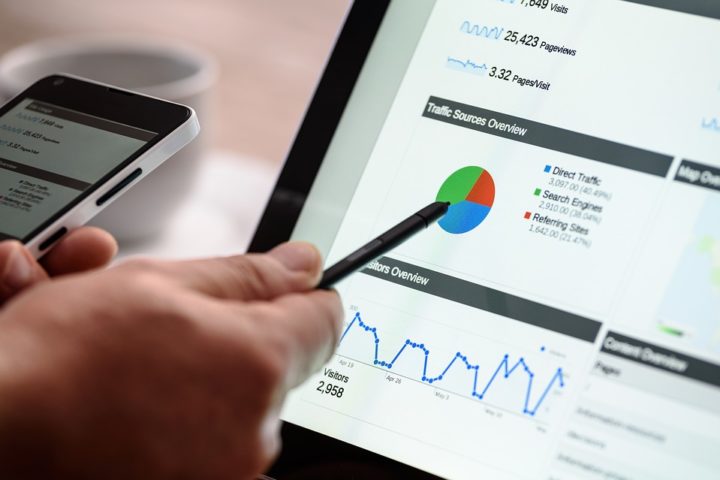
Marketing in COVID-19 has had to navigate economic stresses, shutdowns, supply chain slowdowns, and changes in consumer behaviours. Searching for the best marketing strategies during COVID-19 has been the difference between a business staying afloat and putting themselves in a precarious position.
Below are the eleven best marketing strategies and crisis communication tactics during COVID-19:
Strategy #1: Spend on Marketing
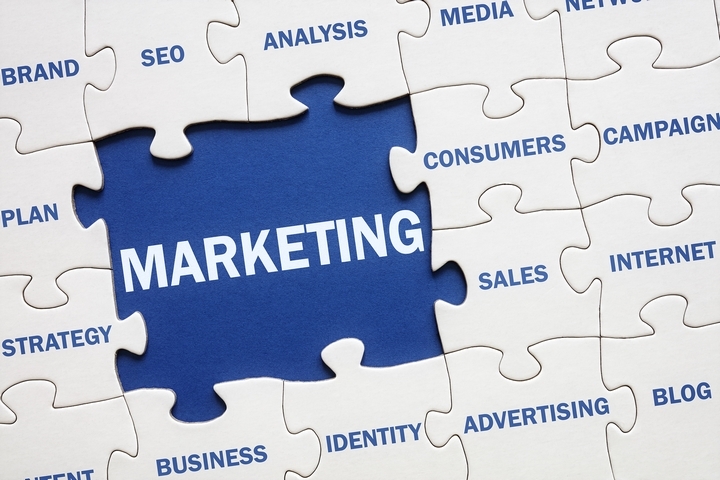
A lot of businesses have made the mistake of packing things in, going home, and giving up on trying to turn a profit this year. Meanwhile, millions of consumers are at home buying products online.
The best marketing strategy during COVID-19 is to have one. Be proactive, spend on marketing, and find what’s potentially a whole new audience sitting at home waiting to be discovered.
Strategy #2: Identify Marketing Demand

The best marketing strategy during COVID-19 is to identify consumer demand. A lot of businesses are facing issues generating consistent revenues right now. In terms of marketing, we’re seeing some non-essential products and services see virtually no demand at all while others have actually seen increases.
Take an honest look at your business. What’s in high demand is where your marketing should be centered. Focus on what’s most cost-effective, prioritizing revenue as your number one.
Strategy #3: Shift to Online Marketing

The companies that had eCommerce web design already set up benefited big this spring and summer. If you don’t have an eCommerce component, here’s your opportunity to create it.
Promote how easy it is for people to shop and buy your products or services online. Manifest a pandemic-proof revenue-generating business by ensuring you can still make money even in shutdown of non-essential businesses.
Strategy #4: Emotion and Lifestyle

In how to do marketing during COVID-19, think of two things – emotion and lifestyle. You want content, posts, products, and services to fit into the lifestyle of your target audience. Think of how a given product does so. Use that in your marketing.
Furthermore, add an element of emotion. Use emotional language. Think of what emotions your ideal customer may be going through right now. If you can appeal to people on an emotional level, your effort to connect with them will matter.
Strategy #5: Social Media Marketing Updates
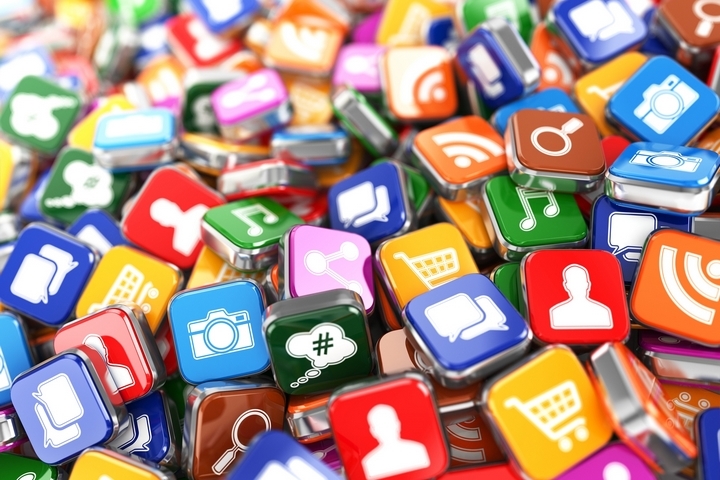
As we’ve all been physically isolated from family and friends, a lot of us have connected with others through social media. The world’s biggest brands have also shifted their marketing resources to Facebook, Twitter, and Instagram.
Social media is a great marketing strategy for providing updates, encouraging kindness between citizens, and sending out messages of hope and thanks. Even in times of economic shutdown, a brand can still remain active by posting, commenting, and engaging on social media.
Strategy #6: Long-Form Marketing Video
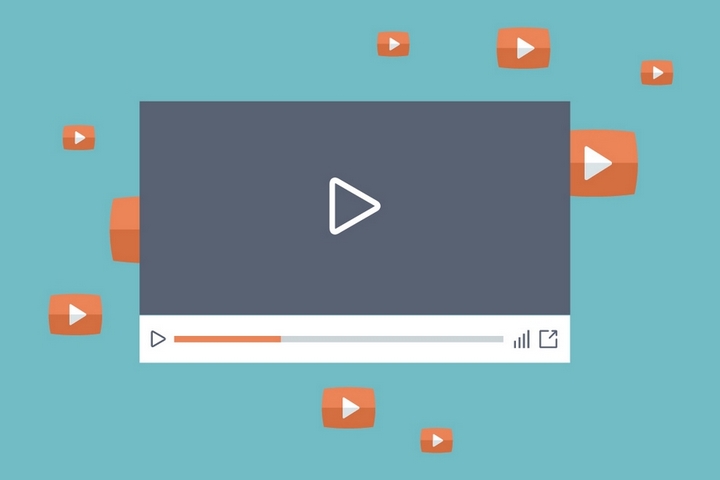
Video marketing has been on the rise for over a decade. More than ever, video’s presenting a major opportunity to do long-form videos for users. How-to guides. Consultations. Q&A sessions.
Leveraging video through sites like Facebook, YouTube, and other platforms can open your business up to a whole new audience.
Strategy #7: Build An Email List
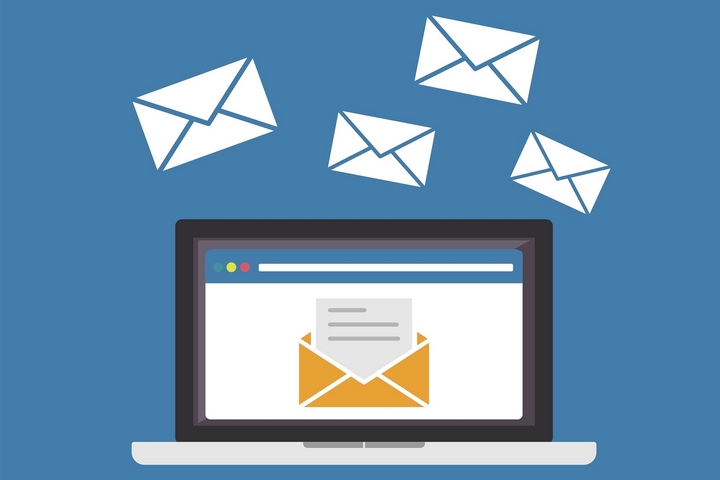
Email is more personal than any other way of connecting with users. Encourage customers to provide their email to your business. Incentivize this action by providing a discount code or promotion in return.
Once you have their email, you can not only continue sharing special offers but also keep lines of communication open with your main user base. Email marketing has high ROI and is considered a necessity for any eCommerce business.
Strategy #8: Favor Retargeting

Retargeting is aiming marketing at shoppers who have already been exposed to your brand. Consider those who have signed up for your email list but who haven’t bought anything yet. Think about the people who have left their online carts and who did not complete their purchase.
Retargeting past customers can also be an effective way to make quick, immediate sales without spending on customer acquisition. Retargeting is done best through incentives like freebies, discounts, special promos, and ‘free shipping’ coupons.
Strategy #9: Non-Promotional Marketing Tones

Take the anti-marketing approach. When you’re posting on social media, you’re talking to a range of users. Some may have lost loved ones. Some are worried. Some are in a high-risk category. The last thing a lot of people are thinking of is ‘being sold to’.
Although brands have continued promoting products and services through digital marketing, the vast majority of messaging has been non-promotional. Emotionally-resonant messaging has proved most effective in connecting to users this year throughout the pandemic.
Strategy #10: PPC Ads
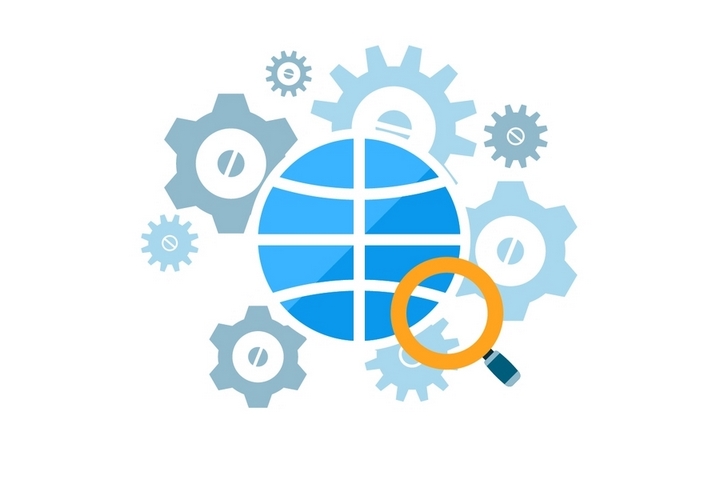
Pay-per-click advertising on Facebook and Google promotes that you are still in business, highlights offerings, and captures attention from people at home with little to do. Sites like Instagram, YouTube, and others have shown huge spikes in traffic since the coronavirus pandemic began.
There are no better platforms on which to deliver a PPC marketing campaign than Facebook, Google, and social media.
Strategy #11: Gift Cards and Vouchers
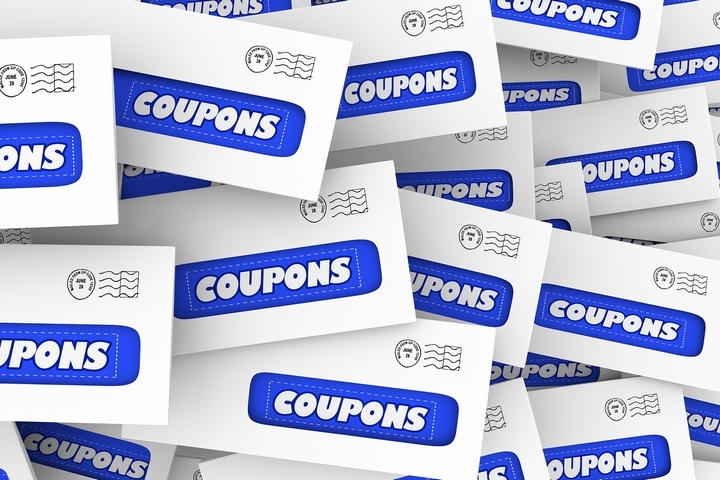
Maybe you’ve had no choice but to shut down your business. Maybe you’re gearing for a reopening. Just because you can’t sell any products or services today doesn’t mean a gift card, future discount, or voucher wouldn’t work to help bring in income right now.
This marketing strategy is a way for consumers to support your business today. It has helped restaurants, fitness studios, salons, spas, and others maintain some level of revenues through this very difficult time.


